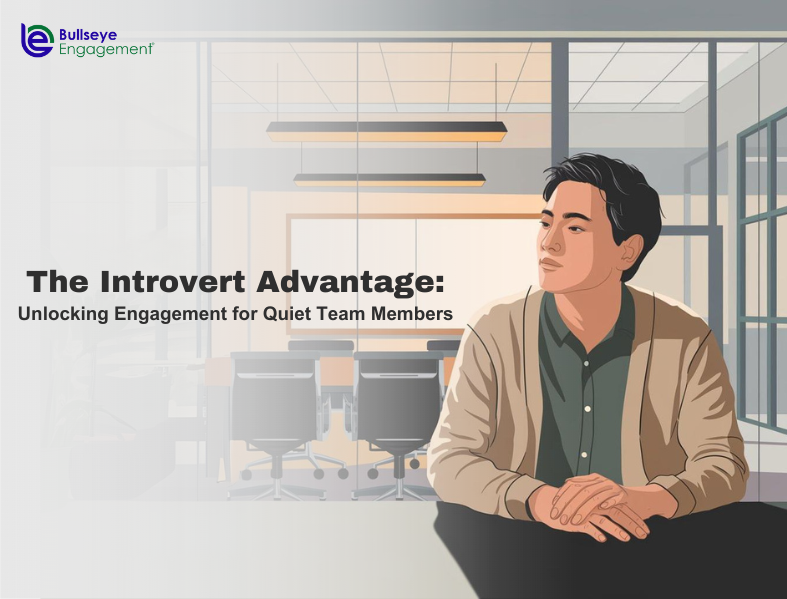
“What’s measured improves” – Peter Drucker. It is this brief observation that drives businesses to measure more and more aspects of their operations. When there is a stricter level of monitoring, organizations and their departments are automatically driven to perform better and ensure that they produce the best results.
Ideas remain ideas until they are turned into something real, and the process of transforming an idea into something practical must be gauged. There are several things in this regard that must be gauged, which include the process of turning an individual idea into a practical solution, and also the average process of transforming ideas into solutions, in terms of time taken and viability. However, there are many other means of measurement that can be applied, and while some may not have numerical representations, the verbiage can give you some idea of the extent of innovation.
Fundamentally, the whole idea of measuring the transformation of ideas to real solutions is to for the purpose of gauging cultures of innovation, which can even benefit from verbal descriptions or simple numerical scales.
To start with, we will want to look at the things that can be numerically jotted down, such as:
- Percentage of revenue generated from products or services against a given time period of time.
- New ideas in the pipeline (ratio of short-term to long-term releases e.g.60%-30%).
- Percent of time dedicated to discovering, prototyping, and testing revenue-generating new products, services, or business models (say, 10-20%).
Apart from this, organizations must measure how much they:
- Listen
- Remain open to ideas
- Collaborate
- Go flat
- Embrace Failure
How much does your organization listen to input?
Measuring how much an organization listens is important, and this can be rated on a scale of one to ten. You can also measure how much your organization listens by assessing the extent of internal and external community feedback and the results of that feedback and input i.e. input that has led to innovation.
Remaining Open to Ideas
Listening is connected to being open to ideas. In fact, listening involves paying attention to the possibility of implementing an idea no matter where it comes from as long as it helps to serve your organization better. At times, great ideas and innovations have been known to come from novices. Good open-minded organizations are known to take ideas of the wall ideas and turn them into great solutions.
Good Organizations Accept and Learn from Failure
Accepting failure and learning from it is a key attribute of a learning organization. They take ideas from anywhere that they think will serve them well. If it results in failure, they assess the areas where the errors occurred and move on.
Great organizations remove all barriers in communication as well as the approval process. If there is an idea that can be materialized into something worthwhile, everyone is brought on board in order to remove communication barriers. Everyone gets a look at the idea at once, and a decision is made after a short assessment.
There are just a few ways such as those pointed out above that can help an organization measure cultures of innovation. The best way to identify what should be measured is to implement a system of monitoring all processes and performances in your organization. View our free demo that will help you monitor processes and individual as well as departmental performances in your organization.

















